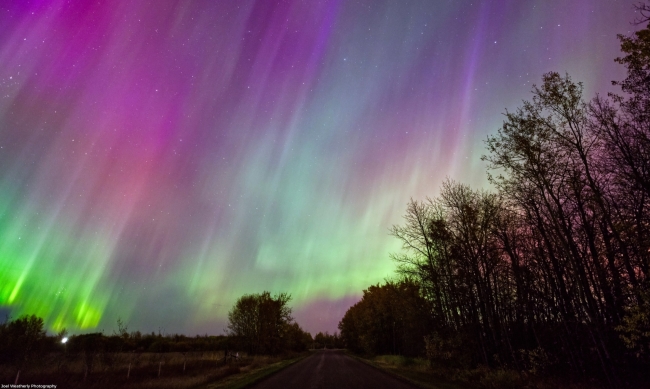Earthsky
1M
263

Image Credit: Earthsky
It’s aurora season. Why more auroras at equinoxes?
- Auroras are more frequent around the fall and spring equinoxes, known as the aurora season, due to geomagnetic storms caused by solar activity and disturbances in Earth's magnetic field.
- The twice-a-year increase in auroras is linked to the interaction between Earth's magnetic field and the sun's magnetic field, particularly the Bz component, as explained by the Russell-McPherron effect.
- Scientists like Aloysius Cortie, Sydney Chapman, and David Hathaway have studied and contributed to understanding the seasonal variation in aurora frequency.
- The equinoctial effect, where Earth's magnetic poles align with the solar wind during equinoxes, also plays a role in enhancing aurora activity at those times.
- Geomagnetic storms and auroras are most likely to occur when the magnetic fields of Earth and the sun are in opposite alignment, creating openings in Earth's magnetic field.
- Aurora photos capture the beauty of these natural phenomena during the peak aurora season, showcasing vibrant displays in locations like Norway, Alaska, and Montana.
- The relationship between auroras and equinoxes highlights the intricate connection between magnetism, geometry of celestial bodies, and solar activity in producing these stunning light displays.
- Researchers have studied auroras for over a century, emphasizing the significant role played by the magnetic fields of the sun and Earth in conjunction with their positions in orbit around the sun.
- The link between Earth's magnetic field, solar wind components, and seasonal changes contributes to the understanding of why auroras are more prominent around the equinoxes.
- Aurora enthusiasts are encouraged to share their photos with the EarthSky community to capture and appreciate the beauty of these natural light shows during the aurora season.
Read Full Article
15 Likes
For uninterrupted reading, download the app